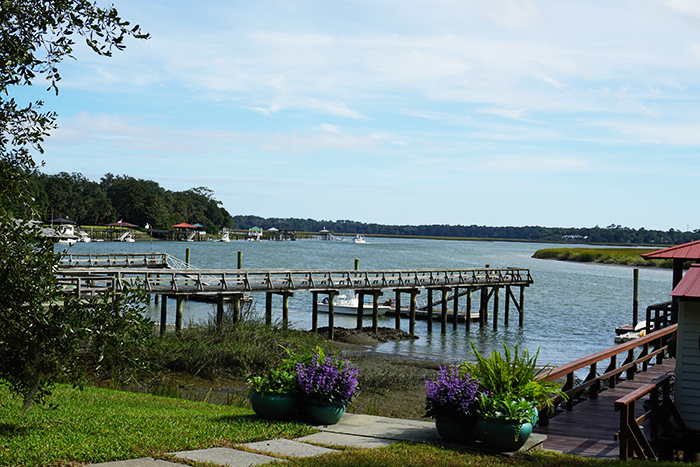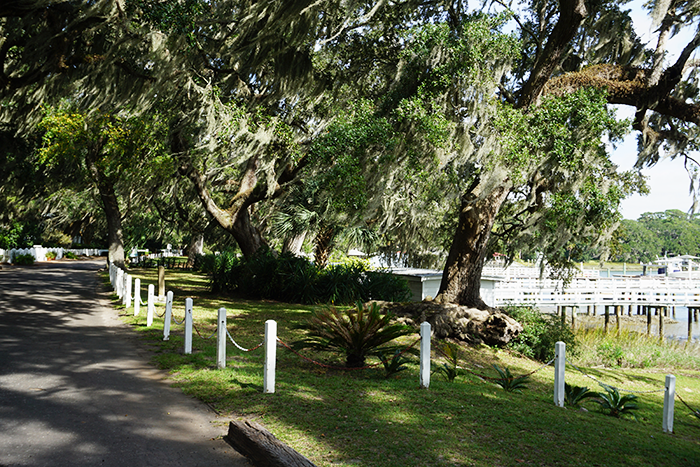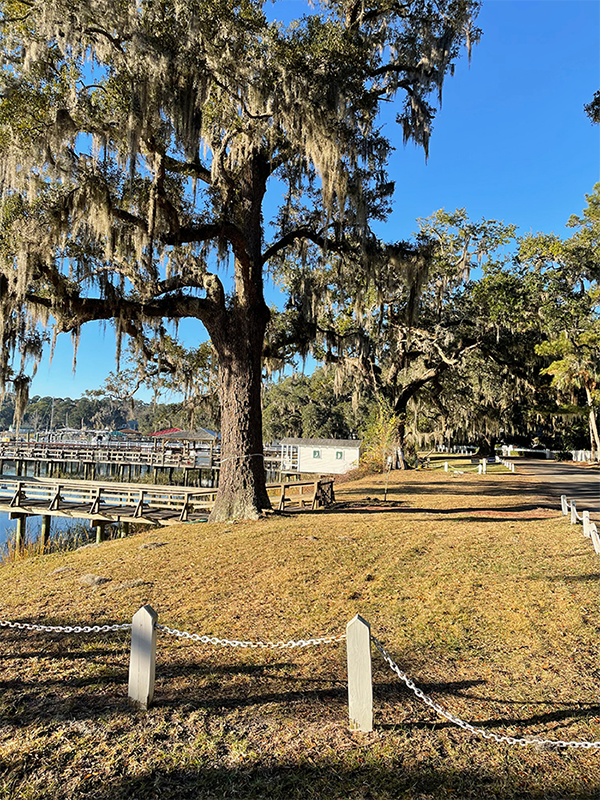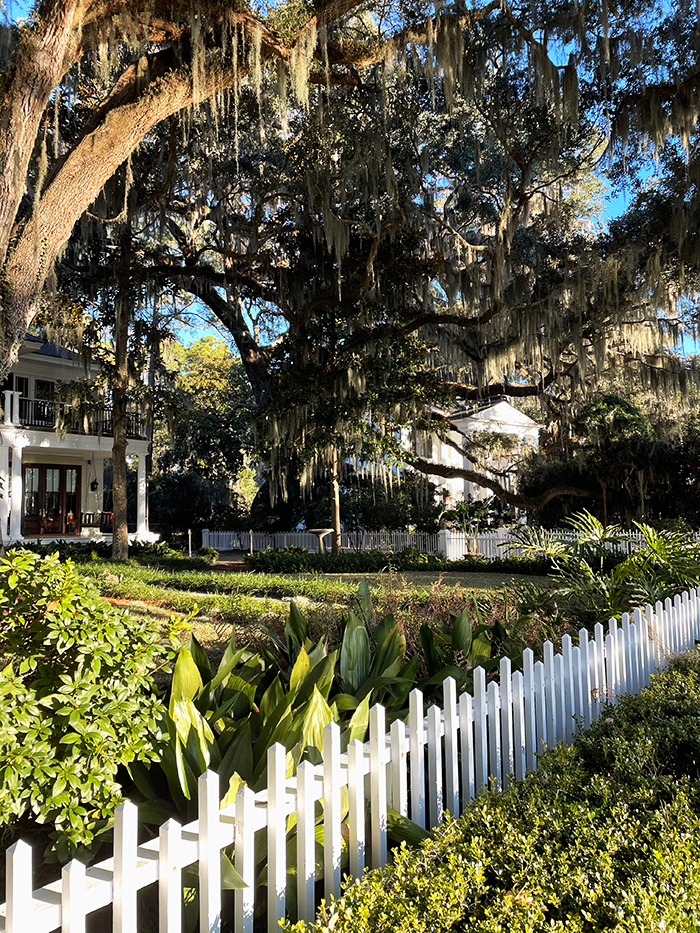Oglethorpe Avenue
Oglethorpe Avenue is one of the “pretty streets” in Savannah. The wide avenue has a tree-filled median that looks especially beautiful when the azaleas bloom in the spring. This original southern boundary of General Oglethorpe’s city plan originally was planted in chinaberries, but in time they were considered an invasive species, and city officials took the trees out. Now Oglethorpe Avenue has oaks, palmettos, magnolias and azaleas.
If you stroll down Oglethorpe Avenue look for the Colonial Park cemetery, the Juliette Gordon Low home and several popular restaurants and coffee shops.
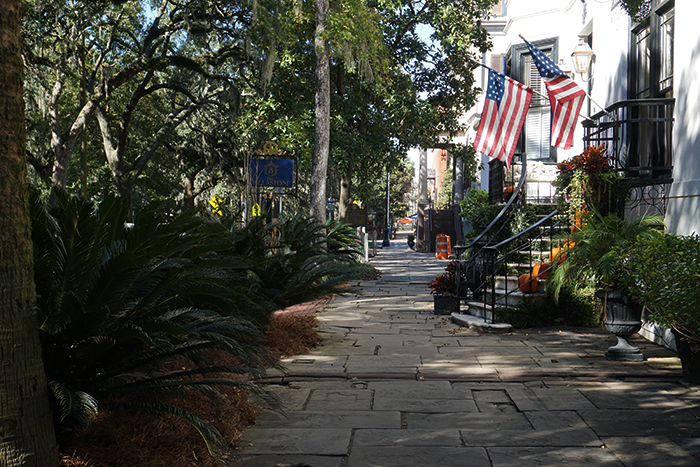
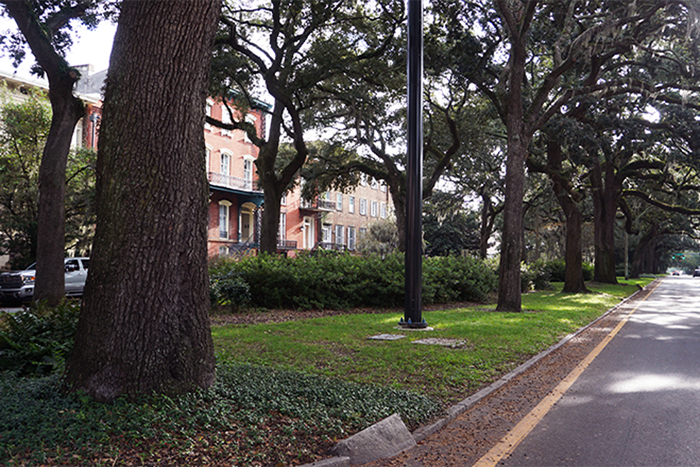
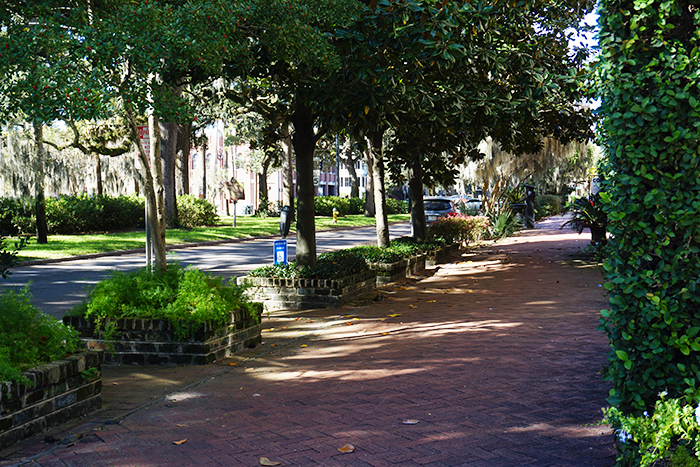
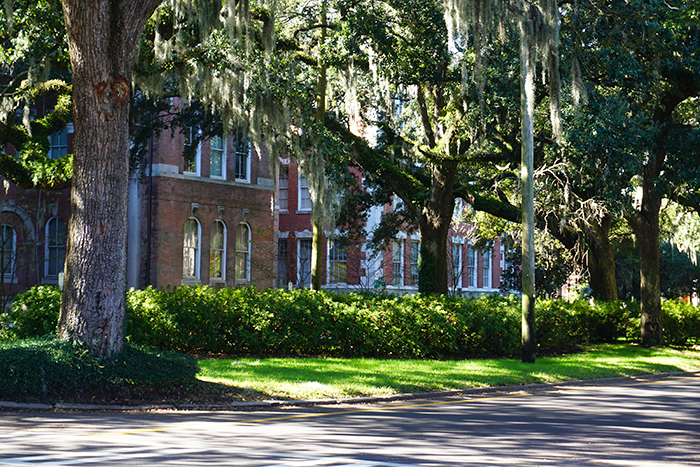
Jones Street
Called “the prettiest street in the Southeast” by Southern Living, Jones Street is a quiet and beautiful place to walk. Overhanging oaks dripping with Spanish moss provide a stunning backdrop for a stroll through the neighborhood. Mid-19th century and Greek Revival houses along this brick-lined street give a glimpse into the past. Many houses have side gardens visible through wrought-iron gates, while others have art studios or gift shops for browsing. Lots of options for exploring!

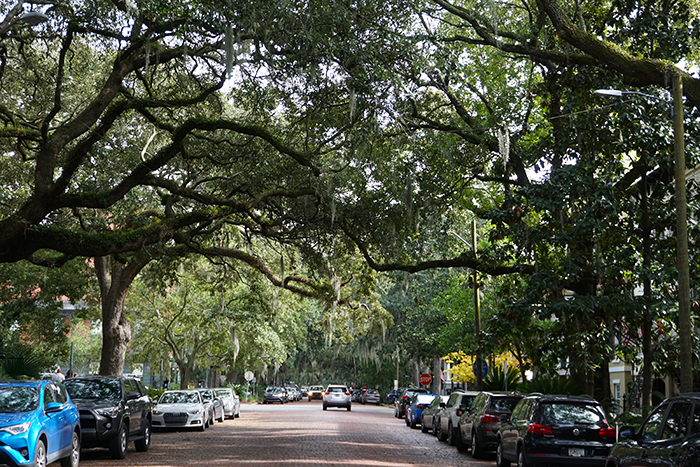
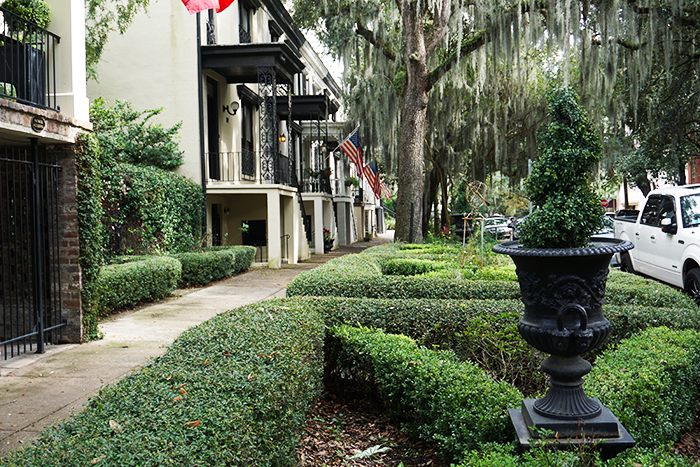
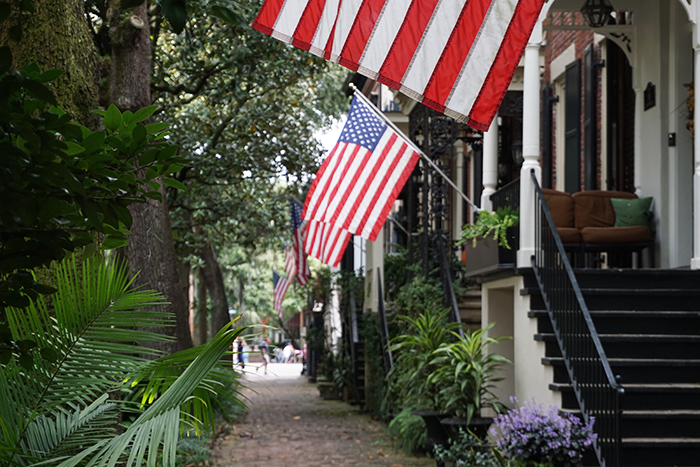
Victory Drive
Victory Drive is part of US Highway 80 that starts in California and ends at Tybee Island just east of Savannah. In 1954 Savannah planted a double row of palm trees along the section through town to honor fallen WWI soldiers. The street passes along the edge of Ardsley Park, Savannah’s first suburb. You can see lots of beautiful homes along the drive.
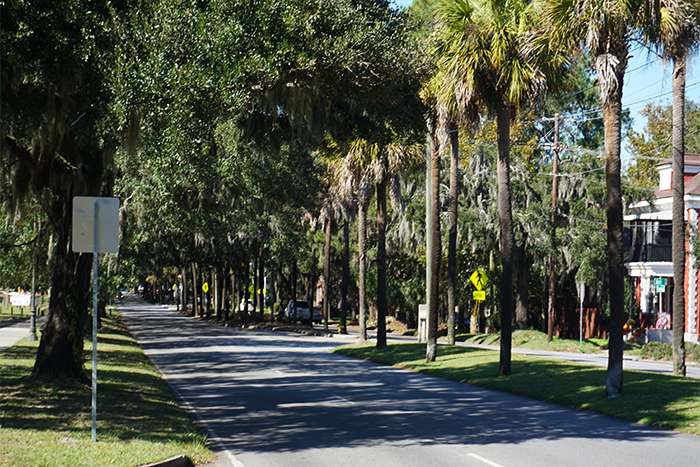
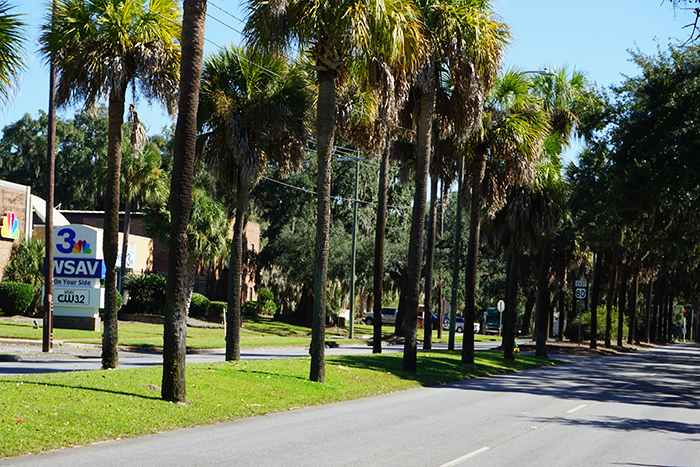
Washington and Atlantic Avenues
Located in Ardsley Park and Chatham Crescent, Washington Avenue and Atlantic Avenue are an integral part of Savannah’s first automobile subdivisions. The circa-1910 neighborhoods have squares and parks similar to the Historic District. The city planted over 5,000 trees when it expanded to this area and today these trees provide a welcome canopy of shade for the residents. Washington Avenue is a wide street with a median similar to Oglethorpe Avenue in the Historic District. The pretty live oaks, filled with spanish moss and resurrection fern arch over the avenue creating a complex pattern of shadows and sunlight on the street. The area is listed on the National Register of Historic Places.
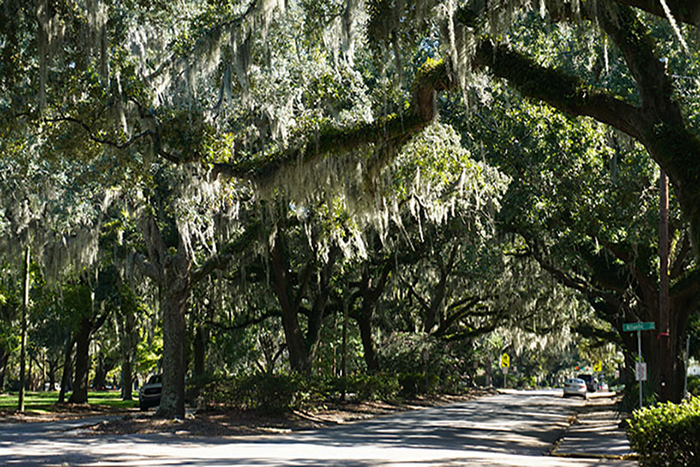
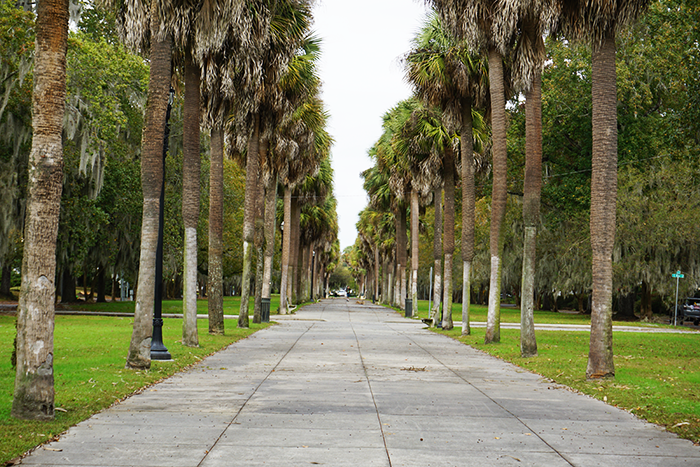
Bluff Drive
Bluff Drive is the most picturesque street in Savannah. Located on Isle of Hope, it is a narrow, winding road under the shadows of old live oaks. On one side you see antebellum homes and cottages with white picket fences and on the other, the Intracoastal Waterway (Skidaway River) dotted with the homeowners’ docks. This is a place where people visit on their front porches and go for evening walks to see the moon rise. Depending on the time of year you can listen to owls screeching, watch ospreys and eagles hunting or enjoy blooming camellias, confederate jasmine, tea olives and magnolias.
Tucked away behind Bluff Drive you can find two historic, quaint chapels: Our Lady of Good Hope on Rosenbrook Avenue (1876) seats 100 people. Mass is said the first Sunday of the month. The St. Thomas Chapel on St. Thomas Road (1923) is constructed of heart pine. The windows were poured in sheets, creating the old rippling effect. The Isle of Hope Methodist Church (1859) is on Parkersburg Road . During the Civil War the church pews served as sick beds for soldiers. When Sherman and his troops occupied Savannah, they used the church as a camp. A pair of live oaks and a pecan on Isle of Hope are featured on the Home page.
Don’t leave Isle of Hope without visiting Wormsloe, less than a mile from The Bluff. There you can see the famous Avenue of Oaks and the tabby ruins of the Wormsloe Plantation.
